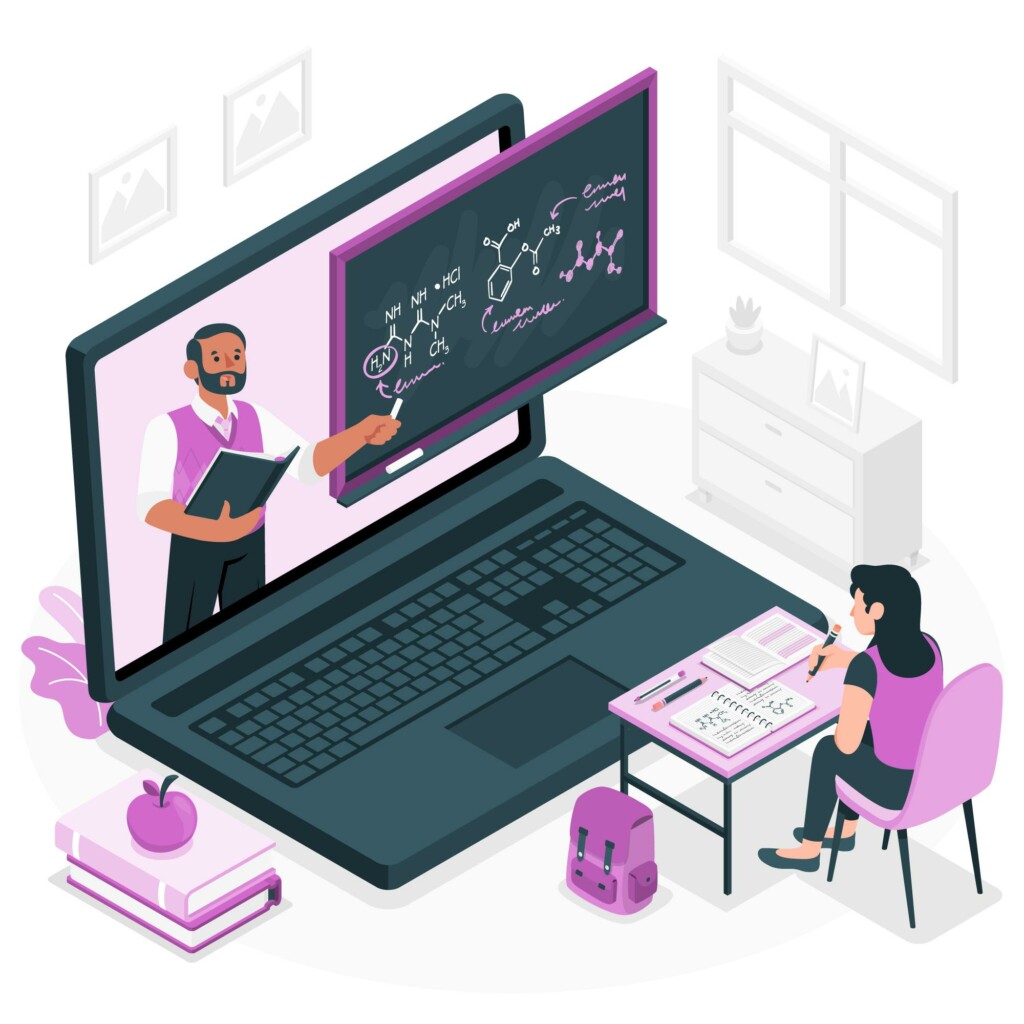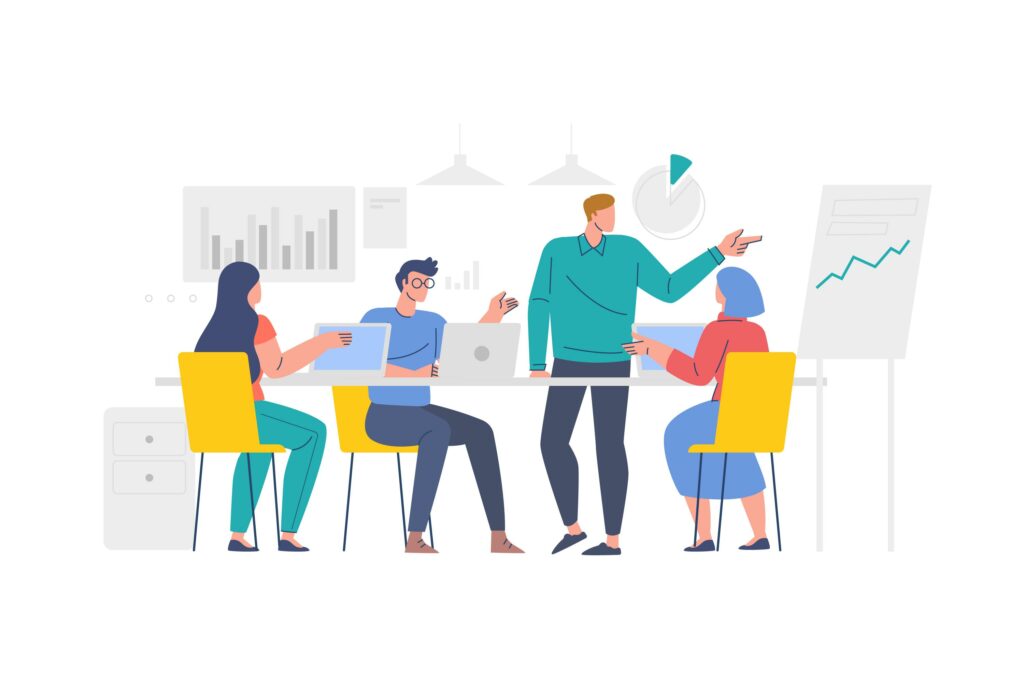Learning portal is important for employee engagement and also motivate them to learn more. In this article, we will discuss how to create learning portals that will help you engage your employees better.
L&D teams constantly work to find out the best approaches to helping employees learn better. Learning portals can be used by teams to develop better learning experiences for their employees. Let us learn in detail about what learning portals are and how you can benefit from them.

What are learning portals?
Learning portals are the gateways or hubs of knowledge provided to users. It will help the users avail themselves of information from a single source.
- It offers a variety of resources that help employees learn. It can comprise courses, learning aids, and videos to help your employees learn better.
- They are designed to be accessible on multiple devices that will help the users learn remotely, wherever and whenever they want.
- It promotes social learning as well.
However we cannot define learning portals as merely knowledge repositories; they have many other characteristics. Let us see how these can help the employees learn better:
- It is learner-centric to give the best knowledge-exchanging experience.
- You can use different learning techniques to engage your employees better, like microlearning, gamification, or learning through videos.
- You can also select themes to guide the employees better and help them learn.
- They are specially designed to achieve a common learning goal.
- It also promotes contributions from the learners.
- It also promotes social learning for the users.
How to create a learning portal for your employees?
Creating a learning portal for your employees can be a valuable investment for your business. Not only does it provide an opportunity for your team to develop new skills and knowledge, but it can also increase productivity and engagement. Here’s a step-by-step guide on how to create a learning portal for your employees:
1. Identify the Learning Needs of Your Employees
Before creating a learning portal, it’s important to understand what your employees need to learn. Conduct a survey or hold focus groups to identify the skills and knowledge they need to develop to do their jobs more effectively.
2. Determine the Learning Objectives and Content
Once you’ve identified the learning needs of your employees, determine the learning objectives and content that will be included in the portal. This may include courses, videos, webinars, and other resources.
3. Choose a Learning Management System (LMS)
An LMS is a software application like Acadle allows you to manage, deliver, and track your learning content. Choose an LMS that aligns with your organization’s needs and budget.
4. Design the Portal and Develop the Content
Design the portal to be user-friendly and visually appealing. Develop the content, either in-house or with the help of subject matter experts or vendors.
5. Pilot Test the Portal
Before launching the portal to the entire organization, pilot-test it with a smaller group of employees to ensure that it is effective and user-friendly.
6. Launch the Portal and Promote It
Launch the portal for the entire organization and promote it through internal communication channels, such as email and the intranet. Encourage employees to use it and provide feedback for continuous improvement.
7. Evaluate and Update the Portal Regularly
Evaluate the effectiveness of the portal and update it regularly to ensure that it meets the changing needs of your organization and employees. Use analytics and feedback to measure its impact and make improvements where necessary.
Best Practices to Create Learning Portals For Employee

Employee training is an essential aspect of any successful business, and with the rise of remote work, learning portals have become a popular tool for delivering training. However, not all learning portals are created equal. Here are some best practices to keep in mind when creating a learning portal for employee training that works.
1. Define Your Learning Objectives
Before you start designing your learning portal, you need to define your learning objectives. What skills do you want your employees to acquire? What knowledge do they need to succeed in their roles? Once you have a clear understanding of your learning objectives, you can create content that aligns with them.
2. Make It User-Friendly
Your learning portal should be easy to navigate and use. Make sure it has a clean and intuitive interface, and that users can easily find the content they need. Consider using multimedia content, such as videos and interactive quizzes, to make the learning experience more engaging.
3. Use Gamification
Gamification is the use of game-like elements in non-game contexts, such as learning. Adding gamification elements to your learning portal, such as badges and leaderboards, can make the learning experience more fun and motivating for employees.
4. Personalize the Learning Experience
Personalized learning is the process of tailoring learning content and experiences to the specific needs and preferences of individual learners. Consider using data analytics to track employee progress and provide personalized recommendations for further learning.
5. Encourage Social Learning
Social learning is the process of learning through social interaction, such as discussion forums and peer-to-peer feedback. Incorporating social learning features into your learning portal, such as discussion boards and virtual classrooms, can foster a collaborative learning environment.
6. Provide Ongoing Support
Learning doesn’t end when training is over. Provide ongoing support to employees through resources such as job aids and coaching. Encourage employees to continue learning and provide opportunities for them to apply what they’ve learned on the job.
In conclusion, creating a learning portal for employee training that works requires careful planning and consideration. By following these best practices, you can create a learning portal that engages employees, supports their learning needs, and ultimately contributes to the success of your business.



